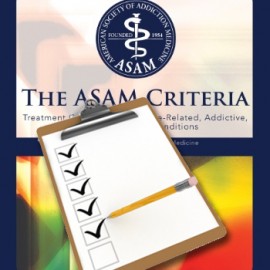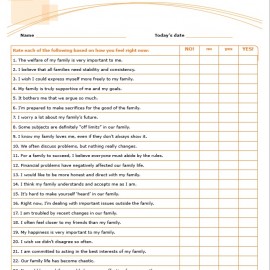Topics
Why Gender-Specific Rehab?
One benefit of gender-specific rehab is the reasons for initial substance-seeking can be appropriately addressed by the treatment team and can be processed with like-minded peers.
Topics: getting help
Vaillant and the Long Term View of Relapse
He’s able to describe complex phenomena in terms that, with a little work at least, we can understand.
Models of Addiction: The Temperance Model
The idea was that the drinker would admit his sins, beg forgiveness, accept punishment, and promise to abstain from that point on.
Topics: alcohol, co dependency, models of addiction
Addiction Treatment: The Double Standard
Addiction has been described as a chronic problem that we’ve attempted to treat as an acute illness –a big reason for the revolving door of relapse.
Topics: abstinence, MAT, program development, therapeutic models
Models of Addiction: The Medical Model
However necessary — and it is necessary — good acute care will never be enough to solve the problem of addictions.
Topics: alcoholism, health care, models of addiction, SBIRT
Models of Alcoholism and Drug Addiction
By examining the models through which people view and deal with addiction, we can better understand how our society reacts to its continuing presence.
Topics: alcoholism, models of addiction, policy, stigma
The Conditioning Trap
It’s not a mystery why so many addicts lapse in those initial months. That’s completely understandable. The important thing is that they climb back on the bike and ride on to success.
Topics: craving, early recovery, relapse, tobacco
Outpatient vs. Intensive Outpatient
The principle behind most ASAM-based systems is to treat clients at the “least restrictive” level at which they can benefit.
Topics: ASAM, assessment, diagnosis, types of treatment, utilization review
Family Inventory: Priorities and Values
By the time a client lands in treatment, it may be hard to tell whether their family relationships offer a potential asset or a problem set to address.
Topics: assessment, communication, family involvement, therapies and tools, treatment planning
















